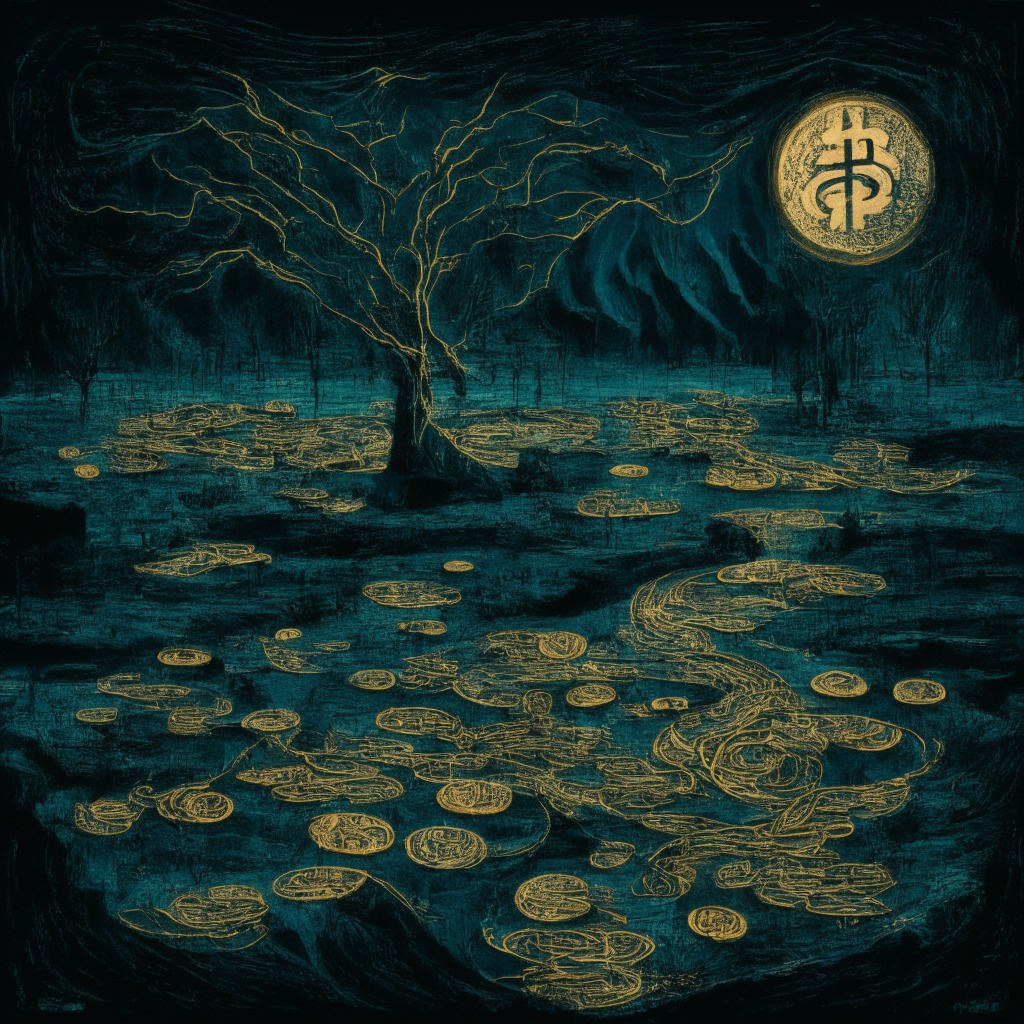With the recent initiation of the digital ruble by Russia, one former government official now envisions a promising avenue for de-dollarization. MP Sergei Kalashnikov, Sergei Kalashnikov, who once served as Minister of Labor and Social Development, insists that the country’s Central Bank Digital Currency (CBDC) could play a significant role in curbing black market dollar trading which has been a nemesis of the Russian economy since the Soviet era.
As per Kalashnikov’s assertions, the digital ruble will significantly minimize the chance of official currency slipping into the black market. This would have a cascading effect on adjusting the ruble’s value and indirectly impacting the dollar’s growth against it. This renewed hope in the digital ruble has come about when the ruble’s worth against the United States Dollar (USD) has plummeted a staggering one-third in the last 12 months.
Looking to reverse this dwindling trend, the Central Bank pinned their high hopes on a quickly executed CBDC project and initiated an 11-city pilot that engaged around 600 citizens and 13 commercial banks trialing real-world transactions.
While the Central Bank holds optimism for the cross-border potential of the CBDC, skeptics question the ambitious vision. Since 2014, there have been continuous attempts from The Kremlin to de-couple from the dollar, and the digital ruble is one such endeavour which is being spoken about since 2021.
Interestingly, Chinese thinkers have also recently chipped in with the idea that digital fiats will help the country and its allies break away from USD dominance. This however, is a two-pronged approach as besides de-dollarization, the Russian Government also aims to target the burgeoning domestic black market, which reportedly has only flourished under Western-led sanctions regimes.
Critics and investors have voiced their concerns as the falling ruble is resulting in the perceived erosion of citizens’ savings. Fortunately for them, The Central Bank has assured that no endeavour is underway to ban cash or force citizens into adopting its CBDC.
However, the Bank also mentioned the possibility of ‘marking’ tokens allowing for enhanced transaction traceability. In case the measure is universally applied to all digital ruble tokens, the ruble-USD black market could potentially face significant threats. The flip side to this coin is, such measures could spur crypto usage for overseas transactions by Russian money.
Conclusively, despite the multitude of uncertainties and controversies, the digitization of the ruble holds an intriguing potential for Russia’s economic trajectory. It could lead to a decrease in domestic black market trading and potentially disrupt USD dominance, thereby changing the dynamics of the global financial landscape. However, these possibilities hinge on an array of factors including successful implementation, user adoption, and global acceptance.
Source: Cryptonews




